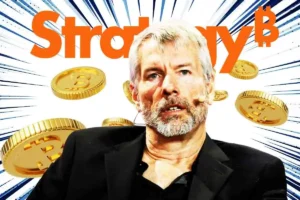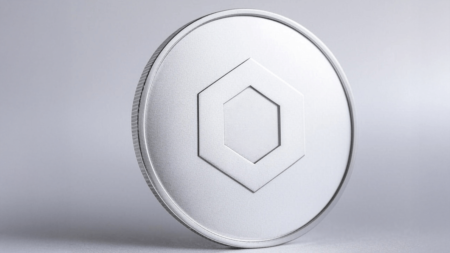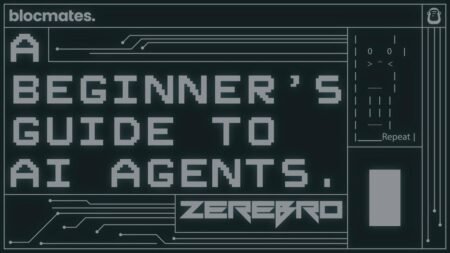Ethereum is a revolutionary blockchain platform that was proposed by programmer Vitalik Buterin in 2013 and launched in 2015. It goes beyond the capabilities of traditional blockchain technology, such as Bitcoin, by enabling programmable contracts, the creation of digital currencies, and the development of decentralized applications. This has led to a wave of innovation and automation in various industries, including finance and art.
One key aspect of Ethereum is its programmable contracts, also known as smart contracts. These contracts are self-executing agreements with the terms of the agreement directly written into lines of code. This allows for automation of processes that traditionally require intermediaries, such as lawyers or bankers, saving time and reducing costs. Smart contracts are one of the main reasons why Ethereum is considered a game-changer in the blockchain space.
Another important feature of Ethereum is its ability to create digital currencies, also known as tokens. These tokens can represent assets, shares, or even voting rights within a decentralized application. This has led to the rise of Initial Coin Offerings (ICOs) as a way for startups to raise funds by issuing their own tokens on the Ethereum platform. The ability to create and manage tokens has made Ethereum a popular choice for developers looking to build decentralized applications.
In addition to programmable contracts and digital currencies, Ethereum also enables the development of decentralized applications, or dApps. These applications run on a network of computers, making them resistant to censorship and downtime. This has opened up new possibilities for innovation in various industries, from finance to art. For example, dApps like Uniswap and CryptoKitties have gained popularity for their unique functionalities.
Ethereum’s impact goes beyond just technology; it has also sparked a new wave of creativity in the art world. Ethereum’s non-fungible tokens (NFTs) have allowed artists to tokenize their work and sell it as unique digital assets. This has created new opportunities for artists to monetize their creations and connect directly with their audience. The intersection of art and technology on the Ethereum platform has led to a reimagining of how art is bought, sold, and experienced.
Overall, Ethereum’s innovative approach to blockchain technology has reshaped industries and empowered individuals to take control of their digital assets. Its programmable contracts, digital currencies, and decentralized applications have opened up new possibilities for innovation and automation. As Ethereum continues to evolve and expand its capabilities, it is poised to revolutionize even more industries and disrupt traditional business models.

















